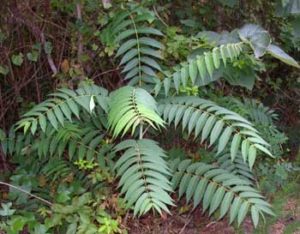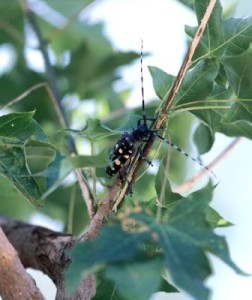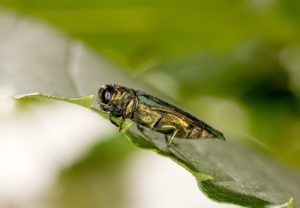Invasive Species
Invasive species are plants, animals, insects and even fungus or bacteria that are not native to the local ecosystem and can cause harm to that ecosystem. As people and things have started traveling more, invasive species concerns have increased. Seeds and insects can hitch a ride via a traveler’s suitcase, shoe, or clothing, among other ways, and begin competing with native species for water, nutrients, and space. Or worse, directly attack native plants. Sometimes, invasive species choke out the existence of certain plant species to greatly reduce biodiversity.
In addition to harming our ecosystem, invasive species can also threaten our economy and public health by damaging roads, highways and other infrastructure. According to the U.S. Fish and Wildlife Service, damage from invasive species costs the U.S. an estimated $120 billion a year.
Invasive species come in various shapes and sizes and usually appear non-threatening:
- Invasive Plants: Many invasive weeds are mistaken for similar, native varieties and accidentally planted in flower gardens or landscapes. For example, the Tree-of-Heaven, which is native to China, was widely planted as an ornamental for many years until it began to crowd out native species and cause damage to streets, sidewalks, and building foundations.Many invasive plants are sold as landscaping options. Be aware of what is an invasive in your area, so you don’t plant a pest in your backyard. Check out the EPA’s list of invasive plants, and be on the lookout for harmful plants in your neighborhood or at local garden centers.
- Invasive Insects: Invasive insects compete with native species for water, nutrients and space, and ultimately, harm our environment by crowding out or replacing native species that benefit habitats. One of the worst invasive insect threats right now is the Emerald Ash Borer, which according to the U.S. Department of Agriculture, has destroyed tens of millions of ash trees in 26 states.
- Another invasive insect, the Asian Longhorned Beetle, threatens hardwoods trees and, in turn, outdoor recreation and forest resources.
Be your neighborhood advocate and help identify and protect against the invasive insects found in your area, and report any you see to your county extension office.



